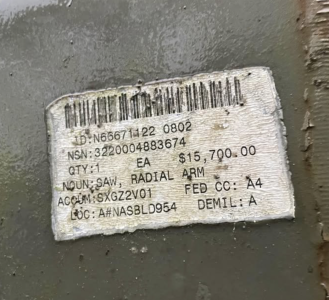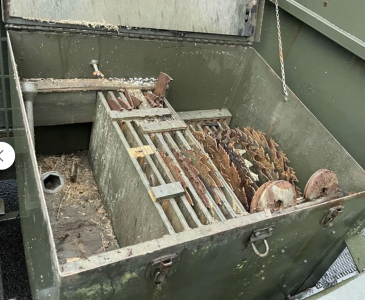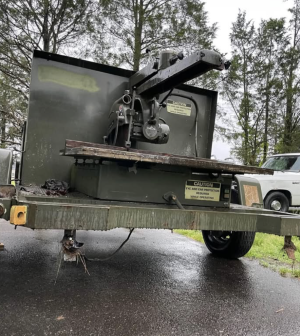onocoffee
Member
Was just listening to the latest Shop Talk Live Podcast with Mike Peckovich and Phil Huber about their woodworking tour of the United Kingdom. They visited The Snowden School where they related their experience talking to the people there about their limited use of a table saw only for ripping and a precise miter saw to do crosscuts, tenoning and other tasks that we, in America, do mainly a table saw. I am fascinated by this and am interesting in learning more on how you utilize the miter saw.
In my own garage, I have an old miter saw but find very little use for it with the furniture making that I do now. Today, I was doing some table saw operations and switching back and forth between ripping and crosscut blades multiple times, making me think that another table saw might be more convenient, but if there's a way to utilize the miter saw more, that would be interesting,
The commentary on this starts at the 12:00 mark.
In my own garage, I have an old miter saw but find very little use for it with the furniture making that I do now. Today, I was doing some table saw operations and switching back and forth between ripping and crosscut blades multiple times, making me think that another table saw might be more convenient, but if there's a way to utilize the miter saw more, that would be interesting,
The commentary on this starts at the 12:00 mark.



